Home to some of the most stunning mountains in the world, China’s landscapes provide a unique blend of natural wonder, history, and adventure.
If you’re a fan of hiking, history, or simply beautiful scenery, there’s just something about Chinese mountains.
Here’s your guide to the most iconic mountains in China, how to visit them, and China travel tips to make your journey even better.
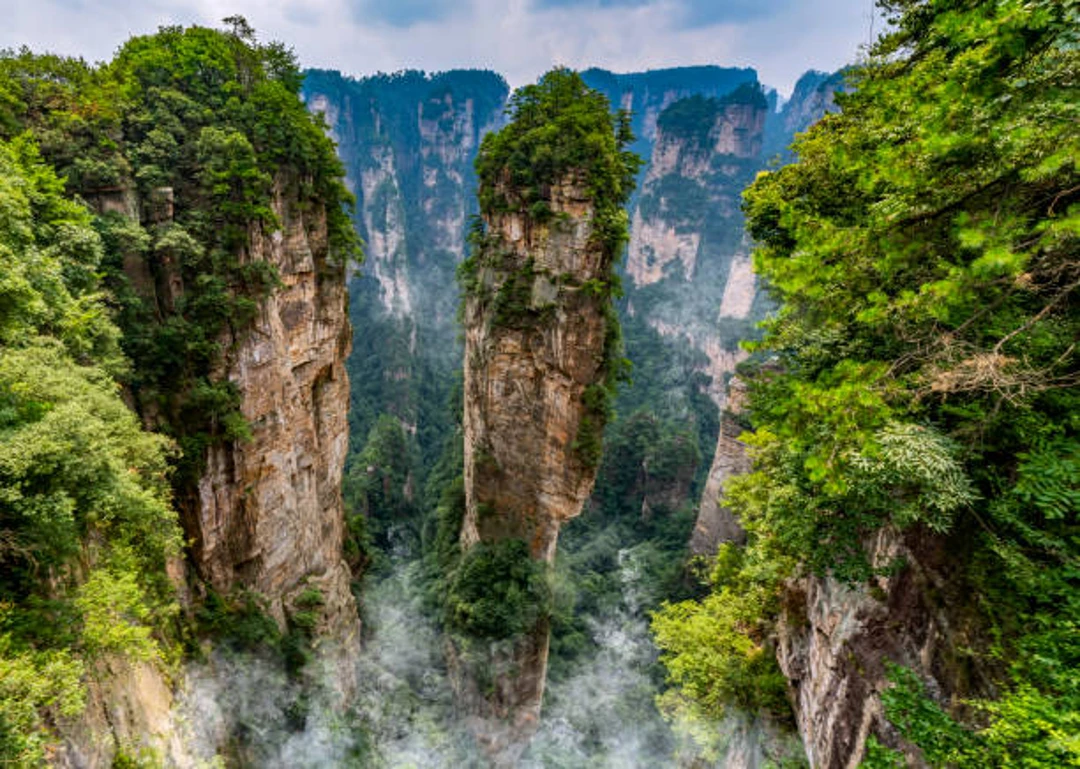
The Beauty and Significance of China’s Mountains
China’s mountains are more than just its most famous natural feature; they’re a breathtaking canvas of nature across the country.
From jagged-tipped mountains to high, rolling hills, on this list you will find some of the Mountains that have provided the backdrop for all of Chinese culture, spirituality, and history.
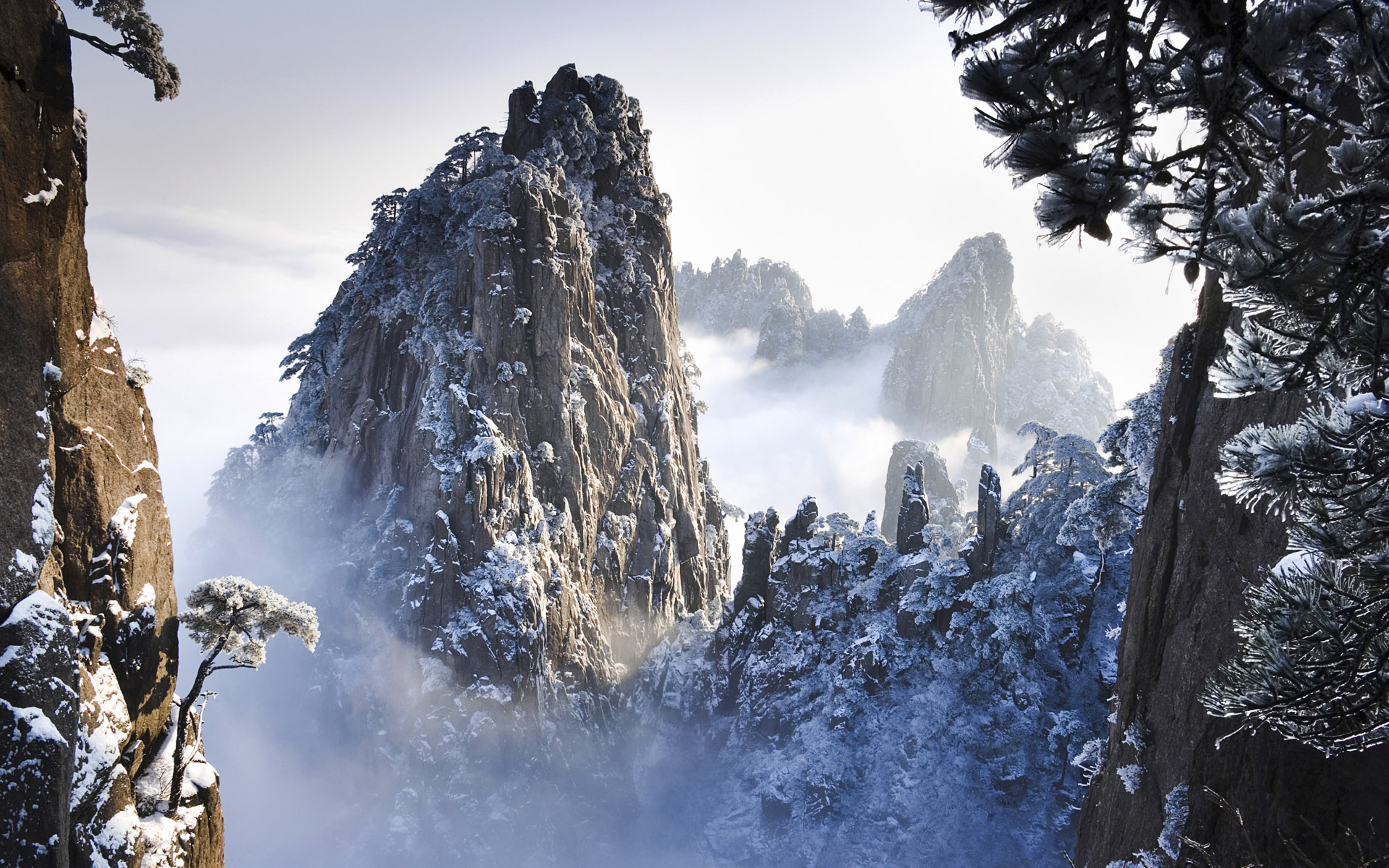
The mountains are a deeply spiritual place, where Taoism, Buddhism, and Confucianism all converged to create its own unique spiritual and cultural life.
These have been hallowed mountains for millions of years. Today, spiritual pilgrims and searchers for quiet meditation still climb here.
Each of the temples represents a different spiritual tradition, be it Taoist simplicity, Buddhist meditation, or Confucianism’s code of law. It doesn’t matter when you come, you’ll be moved by the peace and calm.
The Five Great Mountains (Wuyue)
1. Mount Tai (Tai Shan)
You can’t beat Mount Tai for stunning sunrises and spiritual importance. One of the most sacred mountains in Taoism, it’s been a pilgrimage site for thousands of years.
April to November is the ideal time to go (the weather is the best then).
Be sure to see the South Heaven Gate, The Jade Emperor Peak, and the Dai Miao Temple to really steep yourself in the history and spirituality of this place.
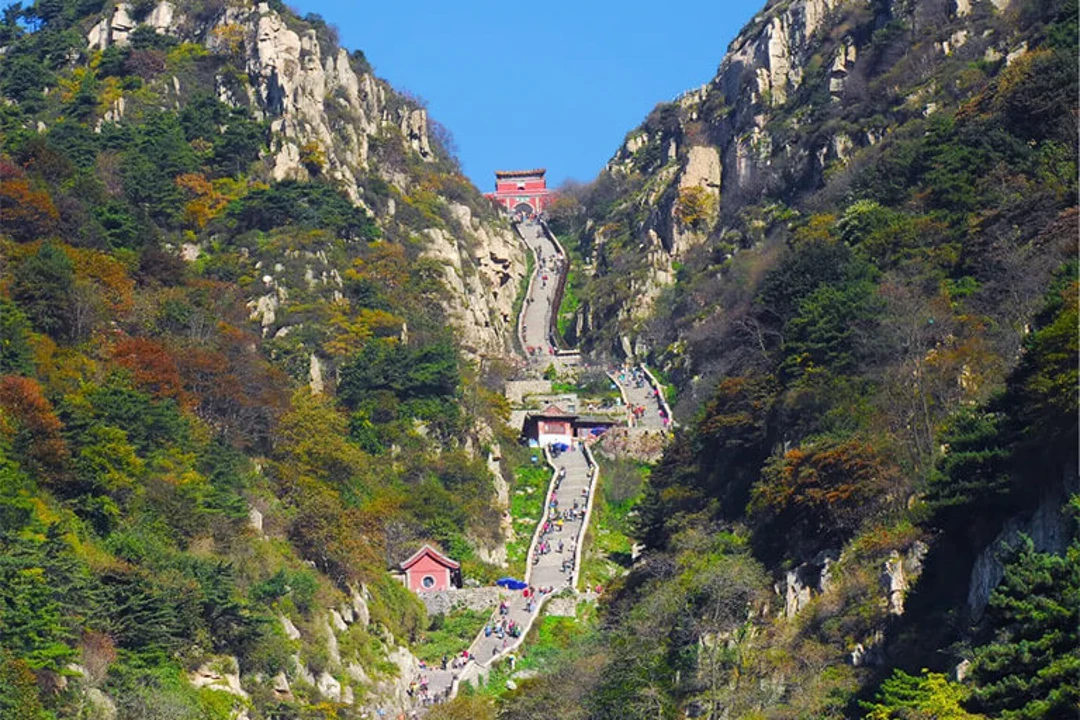
2. Mount Hua (Hua Shan)
If you’re up for a challenge, Mount Hua is renowned for its very steep and thrilling hiking trails. The mountain features narrow paths and adrenaline-pumping cliffs that will test the hardiest of trekkers.
Come between March and November to experience the temperate climate.
Must-sees are the Plank Walk in the Sky and the East Peak Sunrise, for the views.
3. Mount Heng (Heng Shan, Shanxi)
Mount Heng is situated in Shanxi and has historical importance as a pilgrimage destination. One of China’s Five Great Mountains, it offers a lot of cultural history and natural beauty.
The ideal time to go is April-October.
Don’t miss the Hanging Temple, the Northern Summit, and the Giant Bell Pavilion to see the historical and spiritual significance of this mountain.
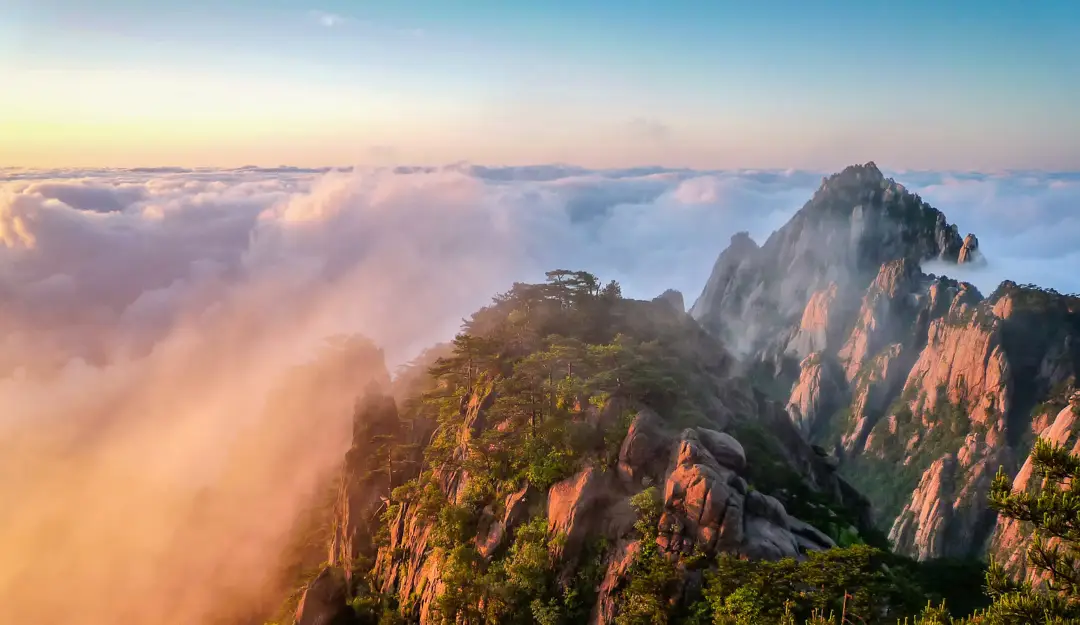
4. Mount Heng (Heng Shan, Hunan)
With its temples and scenic views, Mount Heng in Xiangtan, Hunan is a true mix of nature and culture. The temple complexes are secluded and peaceful and you’re surrounded by green wherever you go.
It’s best visited April-October for cooler weather and blooming flowers.
Make sure you see the Nanyue Temple, the Tianzhu Peak, and the 72 Peaks.
5. Mount Song (Song Shan)
With its famed Shaolin Temple, Mount Song is full of history and martial arts lore. This is a great spot if you want to get historical and cultural.
For the best weather, visit from March to November.
There are too many but ancient temple, caves, tombs and so much more that you could spend days exploring.
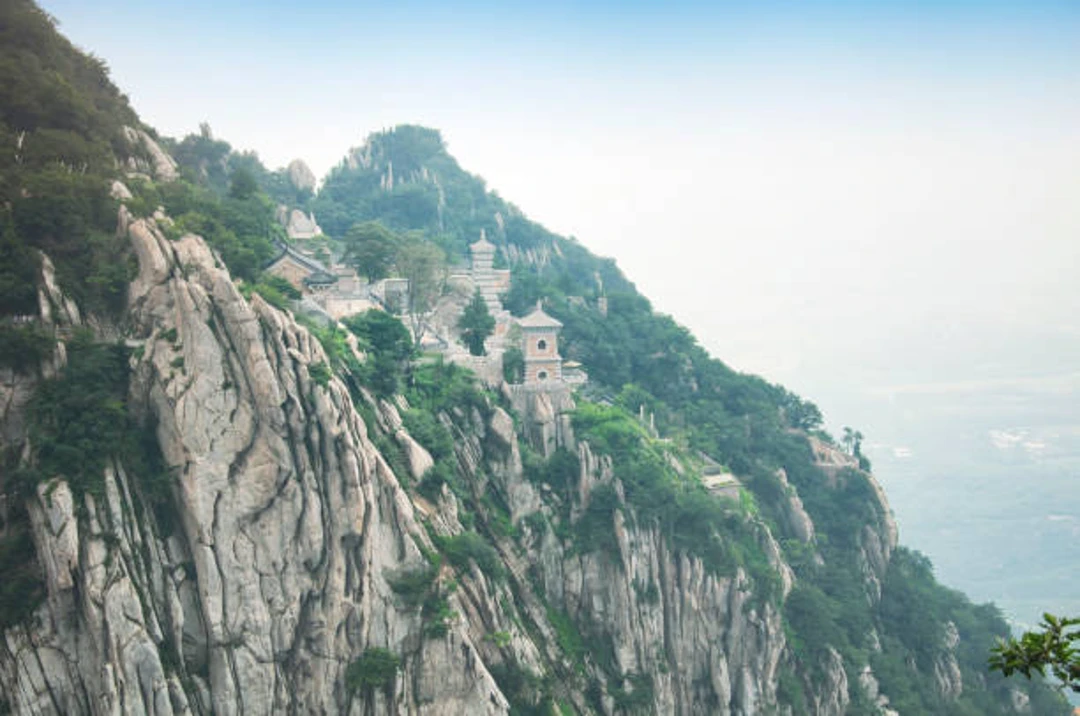
The Four Sacred Buddhist Mountains
6. Mount Wutai (Wutai Shan)
Mount Wutai is an ideal destination for anyone looking for solitude and a spiritual experience. Located in Shanxi Province, the mountain is dotted with historic temples and provides a quiet escape from city life.
Visit from May to September to enjoy temperate weather.
Highlights include the Xiantong Temple, Dailuo Summit, and the stunning Bodhisattva Peak, surrounded by myths and greenery.
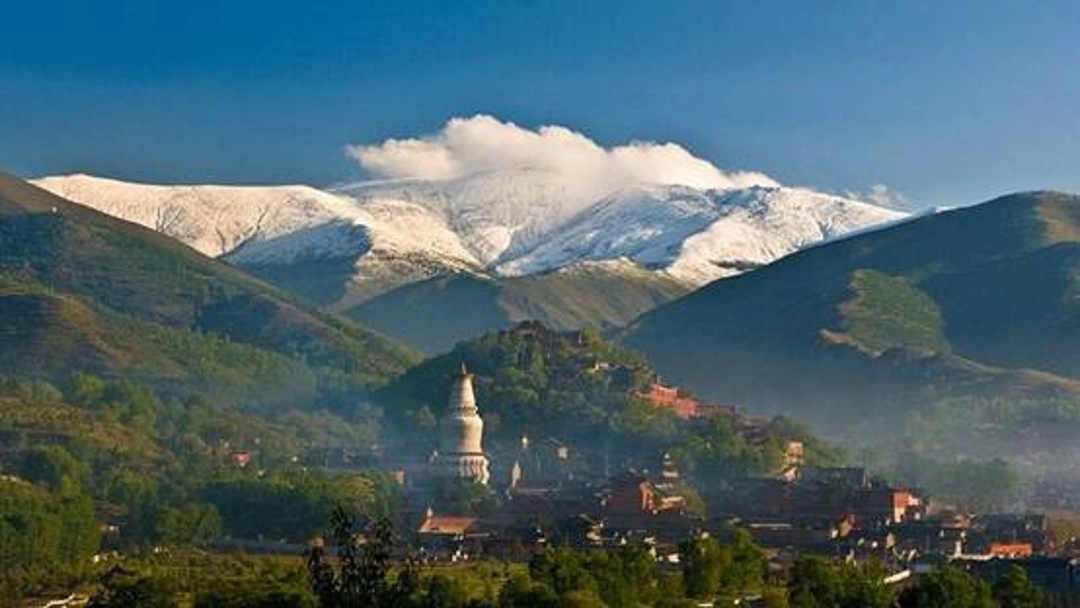
7. Mount Emei (Emei Shan)
Mount Emei is a magnificent place with a lot of history in Buddhism. But what really sets it apart is the nearby Leshan Giant Buddha, a giant statue carved into the stone hillside.
It’s best to go between April and October when the weather is nice and things are looking green.
The Golden Summit, the Monkey Zone, and a visit to the Leshan Giant Buddha shouldn’t be missed for a visit you’ll never forget.
8. Mount Jiuhua (Jiuhua Shan)
Located in the Anhui Province, Mount Jiuhua has long been a place of pilgrimage and is closely associated with Buddhism. The isolation of this mountain and its many temples dotting the region offer a sense of tranquility.
The best time to visit is from March to November.
Some highlights include Heavenly Terrace Peak, Huacheng Temple, and the must-see-thousand-year-old Zhiyuan Temple.
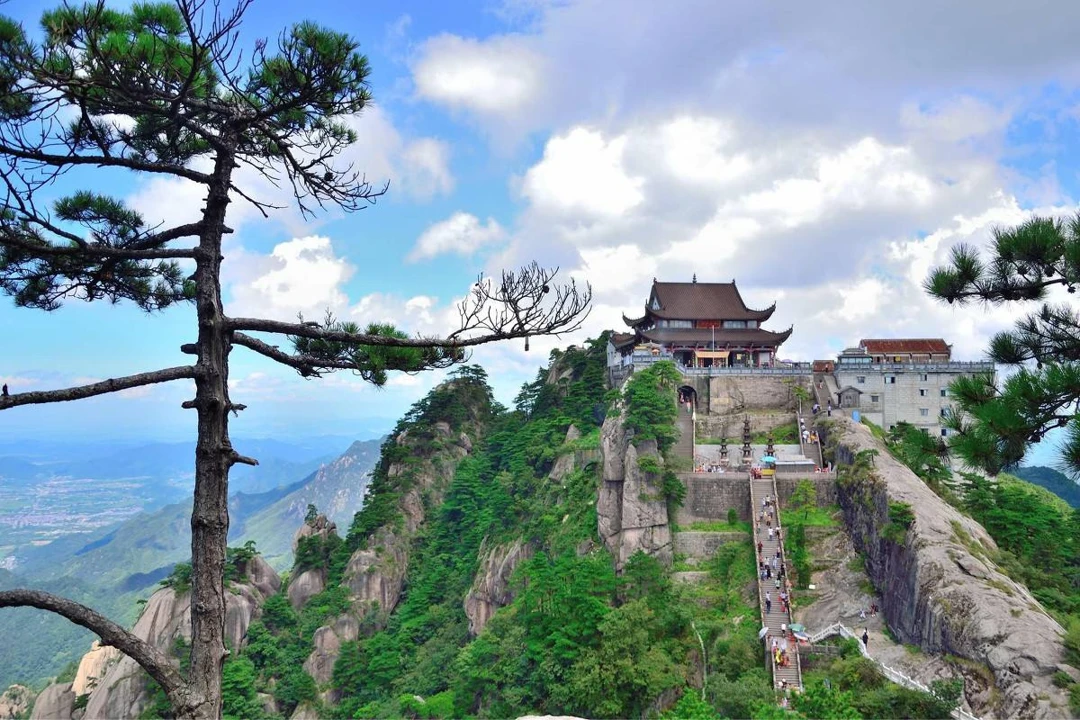
9. Mount Putuo (Putuo Shan)
Mount Putuo possesses a wonderful spiritual setting as the mountain sits so gracefully along the shore. It’s the perfect place for those wanting to enjoy peace and quiet and the gentle views of the sea.
Be sure to visit between March and November, when the warm weather makes for an inviting atmosphere.
Do not miss Puji Temple, Fayu Temple, and the scenic Thousand-Step Beach, where nature and religion coexist in harmony.
Other Spectacular Mountains for Adventure and Scenery
10. Yellow Mountain (Huang Shan)
Yellow Mountain (or Huang Shan) is known for the stunning beauty of its landscapes. Picture a sea of clouds, contorted pine trees, and hot springs – and all in one location!
It’s best to visit in the spring or fall when the temperatures are most pleasant.
Make sure you catch the Sunrise at Bright Summit Peak, the breathtaking views from West Sea Canyon, and try the Huangshan Hot Springs.
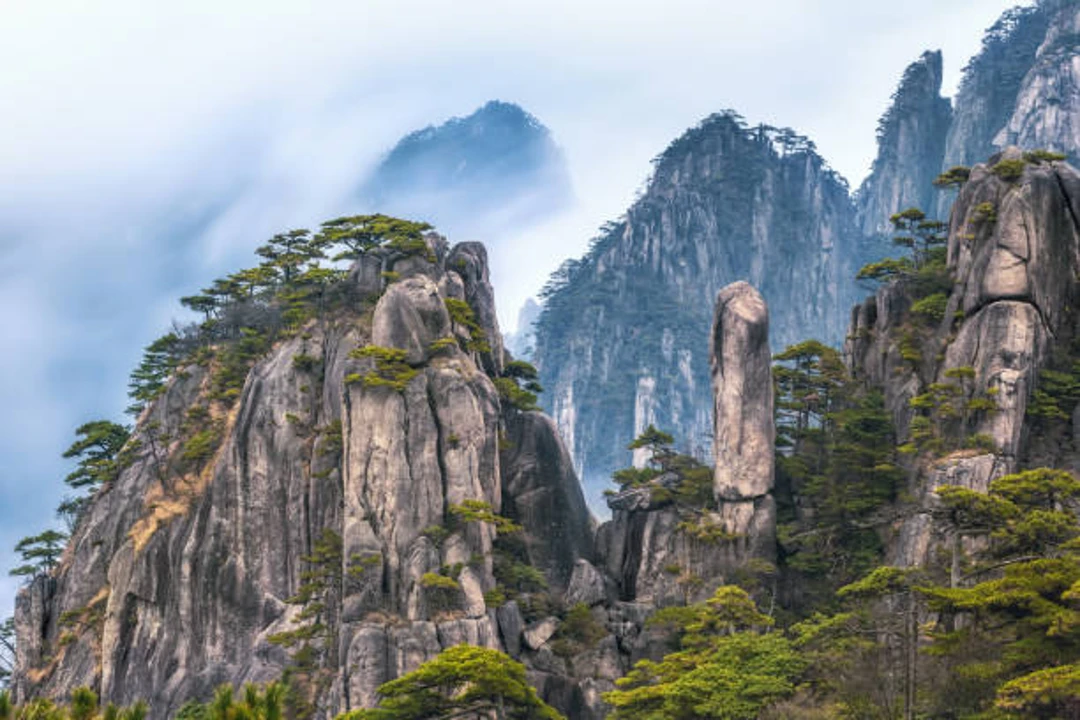
11. Zhangjiajie National Forest Park
Zhangjiajie National Forest Park is a fairy-tale destination. Its pillar-like mountains were the model for the floating Hallelujah Mountains in the movie Avatar!
Visit between April and October for the best conditions.
Don’t miss the gorgeous Tianzi Mountain, the exhilarating Glass Bridge, and the enchanting Avatar Hallelujah Mountain.
12. Mount Everest (Qomolangma)
Mount Everest is the highest mountain on the planet and one of the most alluring. Located on the China-Nepal border, climbing it requires a great deal of preparation and special permits, plenty of money, physical endurance, and lots of experience.
The best times to visit are April-May and September-October when the weather is a bit more stable.
Don’t miss it if you’re up for a challenge! Highlights include Everest Base Camp, the Rongbuk Monastery, and the never-to-forget view from the North Col.
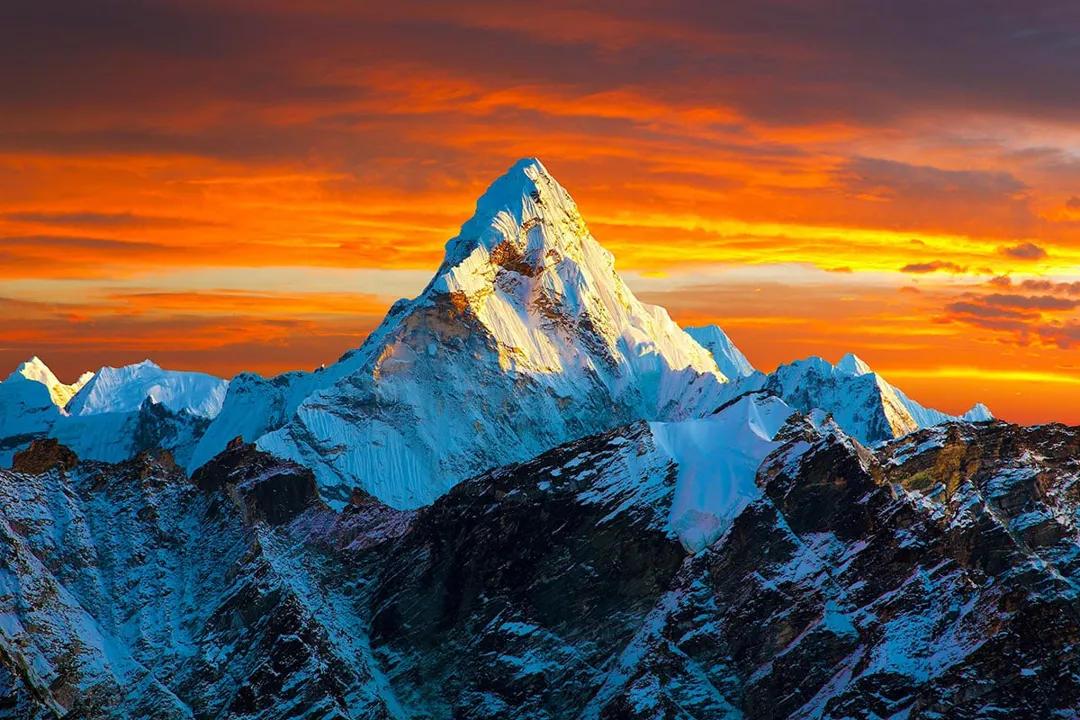
13. Mount Siguniang (Four Sisters Mountain)
Mount Siguniang is known as the “Queen of Sichuan.” This mystical destination is perfect for hikers and nature enthusiasts. The surrounding mountains are jagged, there are fields of green, and the biodiversity is abundant.
The best time to go is between May and October.
Recommended things to do are gawking at the wonderful Changping Valley, visiting the mind-blowing Shuangqiao Valley, and viewing the area from Dafeng Peak.
Travel Tips for Exploring China’s Mountains
1. Cultural Etiquette and Respecting Local Customs
Chinese mountains aren’t simply part of the landscape — they’re living, breathing cultural and spiritual symbols. Do your best to educate yourself in local customs one way or another before you visit.
Perhaps it’s avoiding loud behavior in a natural area or removing shoes when you enter a temple building. Be sure to respect any religious or spiritual sites by dressing modestly and abiding by local standards.
You’ll get more out of traveling in this way, and you’ll also endear yourself to locals, who will appreciate you making the effort.
2. Packing Essentials
If you’re going to China’s mountainous regions, bringing the right gear can make a world of difference.
Be sure to pack a high-quality, durable pair of hiking boots, as the land can be rugged.
It’s essential to dress in layers, as the weather can drastically shift when you’re at a higher elevation.
And be sure to lather up on sunscreen and don a hat to shield you from the intense sunlight of the mountains, and bring along a reusable water bottle to stay hydrated.

3. Safety Tips
It’s important to be safe while in the mountains. Always hike prepared. Stay on the marked paths and never ignore local warnings.
As tempting as they may be, avoid short cuts as they can be dangerous. Hike with a partner or in a group.
Carry a basic first-aid kit and have a phone fully charged as a backup. And never take the weather for granted.
FAQ
1. Which is the top mountain in China for beginner travelers?
Huangshan (Yellow Mountain) is a good starting point, boasting a dramatic landscape and better tourist amenities.
2. How do you get out to the country’s mountains?
Most of the remote mountains in China you can reach either via train, bus, or self-rented private vehicle. For more far-flung places, it’s best to fly into the closest city and then take local transportation (e.g. buses or taxis).
3. Can I visit the mountains in winter?
Winter is a great time to visit the mountains of China and, if you love snow, you’ll have a really good time. Just be sure you pack for freezing weather and you might encounter some access issues in certain areas due to snow.
Conclusion
China’s mountains aren’t just breathtaking landscapes, they’re also pathways to history, spirituality, and epic outdoor activities.
If you want a quiet getaway or an exciting trek, you’ll find uniqueness, beauty, and adventure here.
So begin planning your travels and get ready to experience the incredible landscapes of China.
